
A New Way to Dinner, co-authored by Food52's founders Amanda Hesser and Merrill Stubbs, is an indispensable playbook for stress-free meal-planning (hint: cook foundational dishes on the weekend and mix and match ‘em through the week).
Order nowPopular on Food52
Continue After Advertisement
23 Comments
Elisa D.
May 5, 2015
Always made pizza at home - http://casa-giardino.blogspot.com/2012/04/pizza-night.html
Julie
April 27, 2015
sprinkle+cornmeal+on+the+peal+before+you+put+the+uncooked+pizza+on+it,+it+acts+as+little+ball+bearings+and+will+slide+right+off+onto+the+steel+or+stone.
Ruth P.
April 19, 2015
for a great, crisp thin crust, I use my huge cast iron pizza pan. It's good for clean up as well, no "overflow" onto the oven floor!
Noni'sGirl
April 19, 2015
I have achieved very good results at home with a dark heavy duty sheet pan. Olive oil on the bottom gives it a nice flavorful crust.
It's not a "pizzeria" pizza, but good enough for home. But now I'm intrigued and I will try the steel pan method.
My grandmother has taught me to put a small potato ( cooked) in the pizza dough. I've always wondered if it makes a difference. I guess it's more like a focaccia dough. As far as toppings are concerned...crushed tomatoes,no sauce please,small pieces of garlic and anchovies,olives,oregano ( preferably hand picked from the southern italian mountains...well, I am allowed to dream) mozzarella and a lot of pepper and of course olive oil. It's a family favorite.
It's not a "pizzeria" pizza, but good enough for home. But now I'm intrigued and I will try the steel pan method.
My grandmother has taught me to put a small potato ( cooked) in the pizza dough. I've always wondered if it makes a difference. I guess it's more like a focaccia dough. As far as toppings are concerned...crushed tomatoes,no sauce please,small pieces of garlic and anchovies,olives,oregano ( preferably hand picked from the southern italian mountains...well, I am allowed to dream) mozzarella and a lot of pepper and of course olive oil. It's a family favorite.
Smaug
February 8, 2016
There's actually a traditional Italian crust that uses a fermenting potato for leavening rather than adding yeast. Takes a few days, but makes a nice crisp crust. A lot of people swear by potato, or potato water, as a bread ingredient.
Bret
April 19, 2015
500 degrees for an hour? Many of the ideas pub this blog are great but common who in blazes - has time or the inclination to heat a steel sheet for one hour at 500 degrees? How about a recipe for regular folk?
Smaug
February 8, 2016
Buy a perforated pizza pan- one with fairly large holes (I think my favorite is Chicago Metallic). Works better than a stone in a home oven, and you only need to preheat the oven itself, preferably hotter than 500.
Peggy P.
April 15, 2015
My favorite pizzas so far have been Asparagus with Parsley-Chive Pesto (http://www.thursdaynightpizza.com/2015/04/green-at-last-pizza-with-asparagus-and.html) and Spanikopita (http://www.thursdaynightpizza.com/2014/09/spanakopita-pizza.html), which is awesome for brunch.
April M.
April 15, 2015
when you preheat your steel pan, what's next? Do you need a pizza peel to grab your uncooked puzza and slide it onto the hot pan? Or do you lay out your pizza dough onto the hot pan, then add topping?
QwertyJuan
April 15, 2015
You "make" the pizza on the peel, then transfer to the hot steel. (just as you see them do in wood fired ovens at a pizzeria). The pizza will cook VERY fast. Like 5-6 minutes fast.
Hannah P.
April 15, 2015
After your baking steel has heated up the next step is to build your pizza on a pizza peel then slide it onto the hot steel. Once your pizza is done you can slide it back off the hot steel with the peel. Hope that helps!
Bernice
April 19, 2015
How do you make the pizza slide easily off the peel? I flour mine but it often sticks and then it's a disaster b/c the pie falls apart in the process of trying to transport it onto my baking steel. Do you just load it with flour (doesn't the flour then burn in such a hot oven?). Thanks!
Adam
April 20, 2015
Try making the pizza on parchment paper. Slide the pizza and parchment paper onto the baking steel and after a minute or two you should be able to slide the parchment back out of the oven no problem and finish baking the pizza right on your baking steel.
QwertyJuan
April 20, 2015
I've read this method before. I can't see why it won't work. Sounds like a good idea.
Some other hints I've read are sprinkling the peel with Semolina flour (Gennaro Contaldo says he used to use FINE bread crumbs in place of Semolina). This will allow the pizza to "roll" off the peel.
Some other hints I've read are sprinkling the peel with Semolina flour (Gennaro Contaldo says he used to use FINE bread crumbs in place of Semolina). This will allow the pizza to "roll" off the peel.
Smaug
February 8, 2016
If you leave the pizza for too long on the peel, it will start to stick; you can usually loosen it up by sliding a metal spatula (or a cookie sheet) under it. I've even seen people grab an edge and pull, seems to be possible with practice if you're doing a free form pizza.
Smaug
February 8, 2016
Parchment shouldn't be used above 425 degrees or so- if you must, you can use aluminum foil, but peel technique, while you might lose a pizza at some point, is fun and not that difficult.
Ken K.
April 14, 2015
With regard to the cleaning of a baking steel, I would suggest the following link from bakingsteel.com: http://bakingsteel.com/using-cleaning-re-seasoning-baking-steel/ Soaking the steel, as recommended for the pans in the link suggested above, would result in a lot of rust to have to remove and a big mess.....
Adam
April 14, 2015
Every time i've used a rolling pin my crust has come out as hard and crunchy as a cracker. Whenever I use my hands it usually comes out soft. How can they use a rolling pin in a restaurant and not end up with a tough crust?
Dan
April 14, 2015
Pizza Restaurants use high gluten flour for dough. It makes stretching the dough thin easier. what kind of flour do you use? The high gluten flour can be a little tricky to find in some places, sometimes only at a restaurant supply store or online.
Smaug
February 8, 2016
I've rolled crusts for years, as far as I've ever seen it requires no particular techniques. A stretched crust will tend to be thicker- and breadier- toward the edge; a rolled crust should be crisper, but sounds like you're overcooking.
Ken K.
April 14, 2015
I know what was trying to be said in #3 above, which is that the steel should be pre-heated at 500 degrees for an hour (not placed in an oven that has been pre-heated for an hour). (For those contemplating two steels, as much as adding the first helped, having the second onto which to move the pizza after 1/2 the baking time has elapsed has upped my game a lot.)
Leslie S.
April 14, 2015
Hi Ken, thank you for catching that! You're absolutely correct and we've edited the article to reflect your catch!

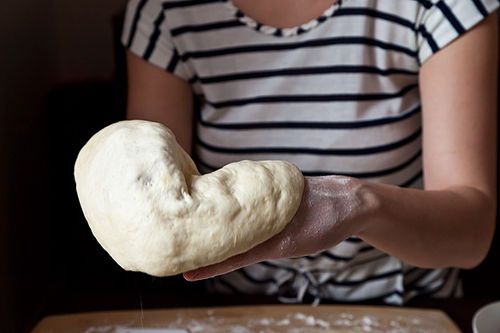
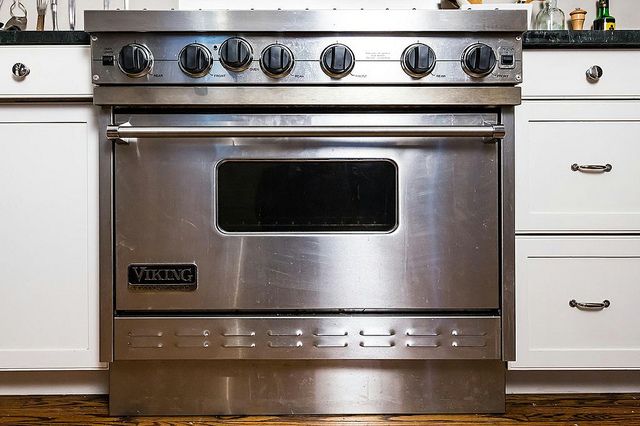
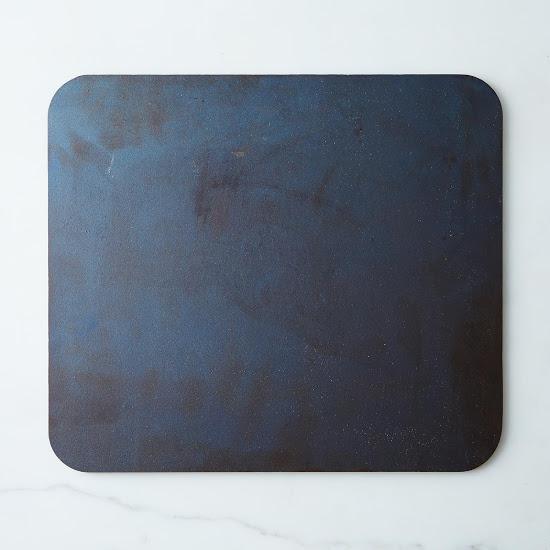
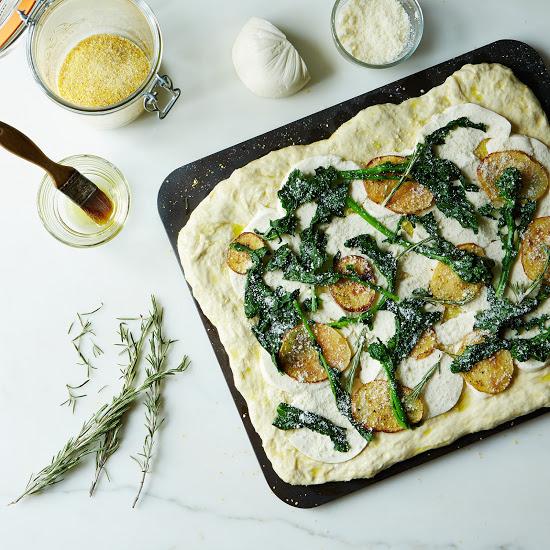
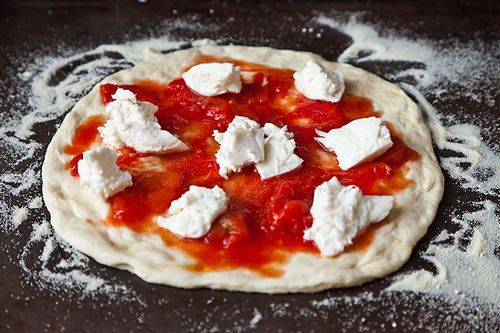
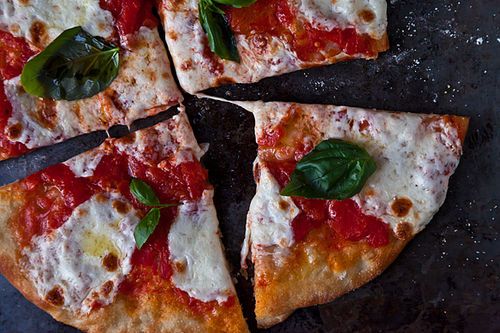

See what other Food52 readers are saying.